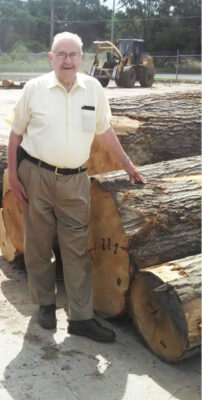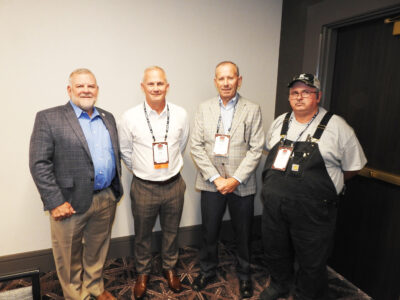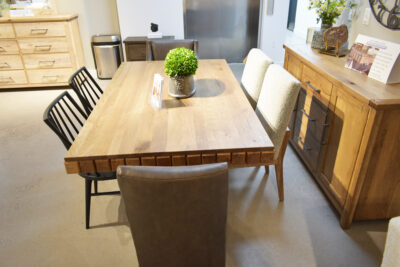In Win For NAHB, Canadian Lumber Exempt From Trump’s Global Reciprocal Tariffs – How Is Home Building Impacted By Tariffs?
Provided By National Association Of Home Builders
(Editor’s Note: News on tariffs is an ever-evolving situation. To follow was the latest news at press time from the National Association of Home Builders.)
President Trump on April 2 announced he will impose a 10 percent baseline tariff on all of America’s trading partners, with the exception of Canada and Mexico, and elevated tariff rates on dozens of nations that will run as high as 50 percent. For example, the White House says South Korea charges an average tariff rate of 50 percent on U.S. goods and the U.S. will now charge a discounted reciprocal tariff rate of 25 percent on South Korean products entering the country.
The tariff exceptions for Canada and Mexico amount to a major win for NAHB, as Canada accounts for roughly 85 percent of all U.S. softwood lumber imports and accounts for nearly a quarter of the available supply in the U.S. Further exempting Mexican products is also a big win given major construction cost drivers such as gypsum, concrete and near-shored appliances. In an official statement to the media, NAHB Chairman Buddy Hughes said:
“While the complexity of these reciprocal tariffs makes it hard to estimate the overall impact on housing, they will undoubtedly raise some construction costs. However, NAHB is pleased President Trump recognized the importance of critical construction inputs for housing and chose to continue current exemptions for Canadian and Mexican products, with a specific exemption for lumber from any new tariffs at this time.”
The fight isn’t over on lumber given a current anti-dumping and anti-subsidy investigation by the Department of Commerce on Canadian lumber imports and the ongoing national security investigation into imported lumber and timber. But the fact that the president is not adding a reciprocal or baseline 10 percent tariff on Canadian lumber on top of existing tariffs is an important win. As of now, the Canadian lumber tariff rate remains at 14.5 percent but NAHB expects this rate will move higher later this year.
Moreover, while the lumber win is big, because of the complexity of the tariffs, manufacturers and suppliers will be impacted differently and builders should expect more volatility in pricing while companies work to understand and adjust to these new tariffs. NAHB will continue to advocate for lower tariffs on lumber and all other all building materials.
The Impact of Tariffs on Home Building
Tariffs on building materials act as a tax on American builders, home buyers and consumers. Builders estimate an average cost increase of $9,200 per home due to recent tariff actions, according to the March 2025 NAHB/Wells Fargo Housing Market Index.
NAHB estimates that approximately 7.3 percent of all goods used in new residential construction originated from a foreign nation in 2024. The president’s global action on tariffs (editor’s note: these were to go into effect in April) means that costs will rise for steel, aluminum, copper, home appliances and scores of other building materials sourced outside of the U.S.
A new single-family home on average requires $174,155 worth of building materials for construction, with imports accounting for $12,713 of the total building material cost. In the short run, building materials prices will become volatile as they are typically driven by price expectations, which have moved higher by recently announced tariffs. In the long run, tariffs will reduce the availability of building materials, resulting in higher prices.
The tariffs are not only expected to raise the cost of building materials — which are up 34 percent since December 2020, far higher than the rate of inflation — but also wreak havoc on the building material supply chain. In turn, this will put even more upward price pressure on building materials.
Also of note, the impact of the reciprocal tariffs is expected to hit suppliers and supply chains based in Asia especially hard. For example, while Trump has assessed a reciprocal tariff rate of 34 percent on Chinese goods entering the U.S., these new Chinese tariffs are on top of the already significant tariffs put in place during Trump’s first term and continued through the Biden administration. The result is some product categories from China are now subject to duties in excess of 50 percent.
What is NAHB Doing?
For years, NAHB has been leading the fight against tariffs because of their detrimental effect on housing affordability. NAHB has taken several actions to roll back tariffs and to boost domestic production of softwood lumber. Please visit nahb.org/blog to view specific examples about how NAHB has taken action.







